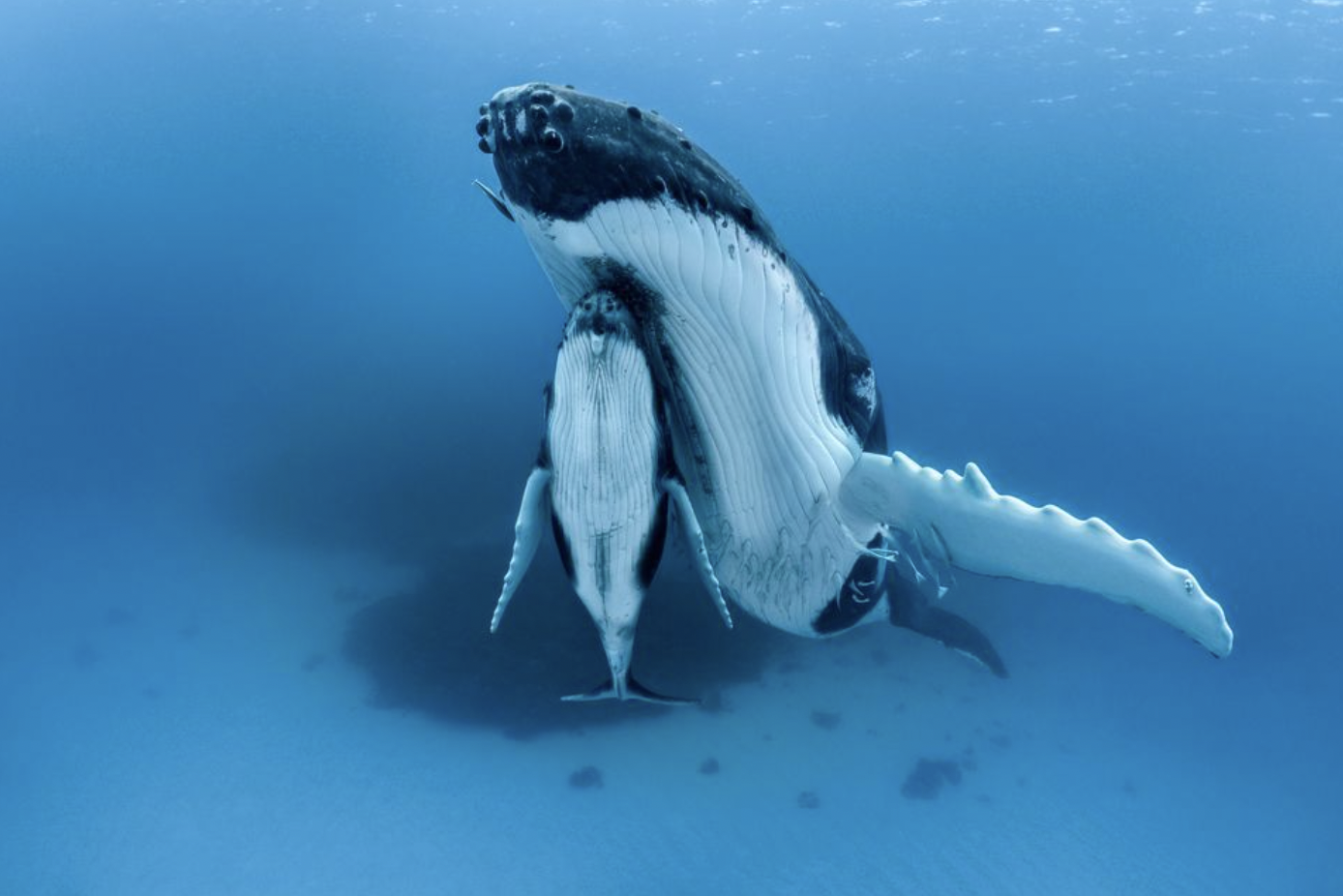
Peter Zeihan: Europe Goes Nuclear
We’ve got two major developments in Eurasia. We’re talking about Ukraine disabling two ships in the Caspian Sea and Poland getting EU approval to build…
Thought Leader: Peter Zeihan

“It is not what you look at that matters, it’s what others see.”
– Henry David Thoreau
In my last post (Part 1), I described the rare privilege of encountering a humpback whale and her calf off the coast of Tonga, and how I was accepted into their world in a moment I can only describe as magic. Recently, I added a video clip of the mother humpback and her calf to social media. I filmed for as long as I could, bid a silent farewell, and gently floated to the surface so as not to disturb them.
The humpback whale, Megaptera novaeangliae, is a blend of grace and power. This whale species has long pectoral fins, hence its scientific name, Megaptera, meaning “big-winged,” and from my vantage point I could see how the baby was using those wings to gain comfort and reassurance. The scene was perfect. The mom even had a ring of remoras around her belly, creating an almost halo-like effect.
As I inched just a little closer, she moved her pectoral fin out to the side ever so slowly and reached out towards me. Sometimes whales are not able to measure distance, because their eyes are on the sides of their head, and she may have been using her fin as a measuring stick to make sure that I was not too close to her baby. But then the baby mimicked her, and then the mom did it again. I realized that she may have been teaching her baby about space and distance. I did not want to leave this incredible scene, but I also did not want to risk a shallow-water blackout. My lungs were burning badly as it was.
I swam away from her, drifted to the surface, and reflected on what had just happened. While I was recovering, the calf came to the surface, its mother just behind. To my delight, she went right back down to where she had been earlier.
I continued to breathe on the surface, then swapped out my 8K video camera with its underwater housing for my still camera. I waited until the baby was neatly tucked under its mother’s chin again, then descended once more. Copying my earlier moves, I inched closer with my still camera and she again — very gently — lifted her pectoral fin and stayed in this beautiful position. I took the picture and rose to the surface.
I glanced at the LCD screen on the back of my camera and I knew then that I had captured an image that I had only been dreaming about until now.
I left them as I found them, a mother humpback whale and her young calf, resting, then sleeping, and seeming to be at peace in their world. This mother and calf would soon make the 7,000-mile journey to Antarctica, where she would recover the enormous weight she had lost on her migration to tropical seas.
I know I will likely never have another encounter with a humpback whale to equal this one. The real voyage of discovery is not about seeking new experiences, but about having new eyes, and often the most interesting things happen when you least expect them.
The following day, I put the image up on my social media, and to my surprise, the royal family of Tonga reached out. Sometimes, every so often, you learn that something you have done takes on a life of its own when seen through others’ eyes.
One thing led to another, and the next day I had the honor to meet the royal family in person, to discuss conservation in Tonga. The family asked that I come back with SeaLegacy, to help with their conservation efforts. The family explained that this photograph made them realize how much the people of Tonga have in their waters and that it needs immediate protection.
The royal family’s representatives told me that they wanted me to present an encounter with “Megaptera” to the King one day, during a ceremony, I was humbled by their request.
Then, soon after, Covid intruded on the world and everything was put on hold.
I was deeply moved, though, and sincerely hope to fulfill this promise in the future.
Peter Zeihan: Europe Goes Nuclear
We’ve got two major developments in Eurasia. We’re talking about Ukraine disabling two ships in the Caspian Sea and Poland getting EU approval to build…
Thought Leader: Peter Zeihan
Dr. Sanjay Gupta’s Top Health Stories of 2025
From the resurgence of measles to a new way to treat pain, 2025 was a challenge for public health while still offering moments of hope. Sanjay…
Thought Leader: Sanjay Gupta
Ian Bremmer: The state of global conflict in 2025
On GZERO World, Ian Bremmer takes a hard look at the biggest global crises and conflicts that defined our world in 2025 with CNN’s Clarissa…
Thought Leader: Ian Bremmer

